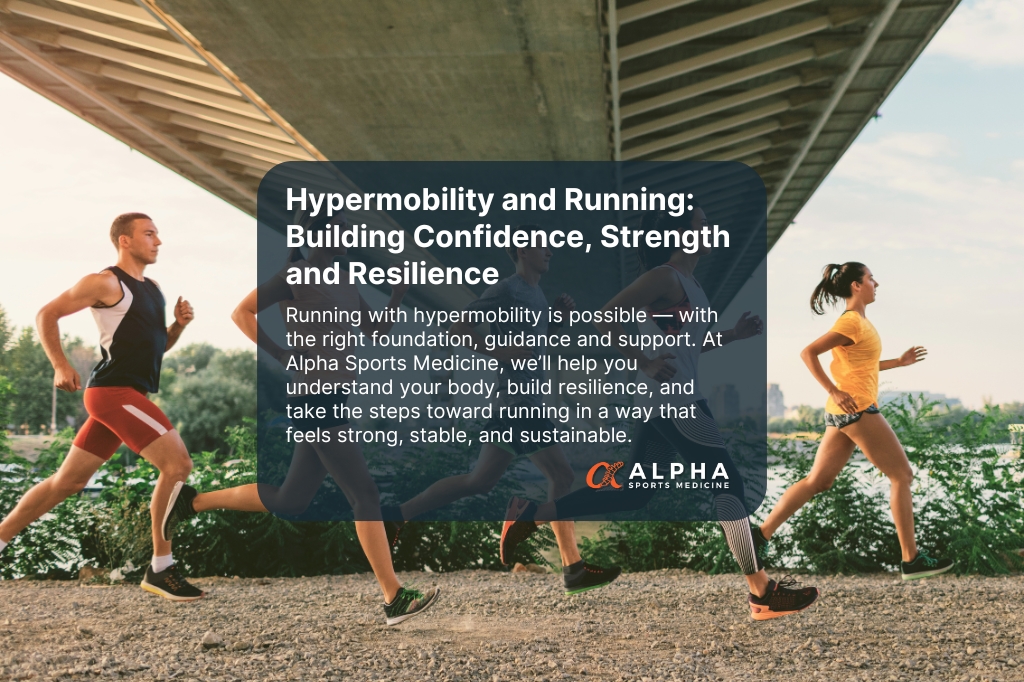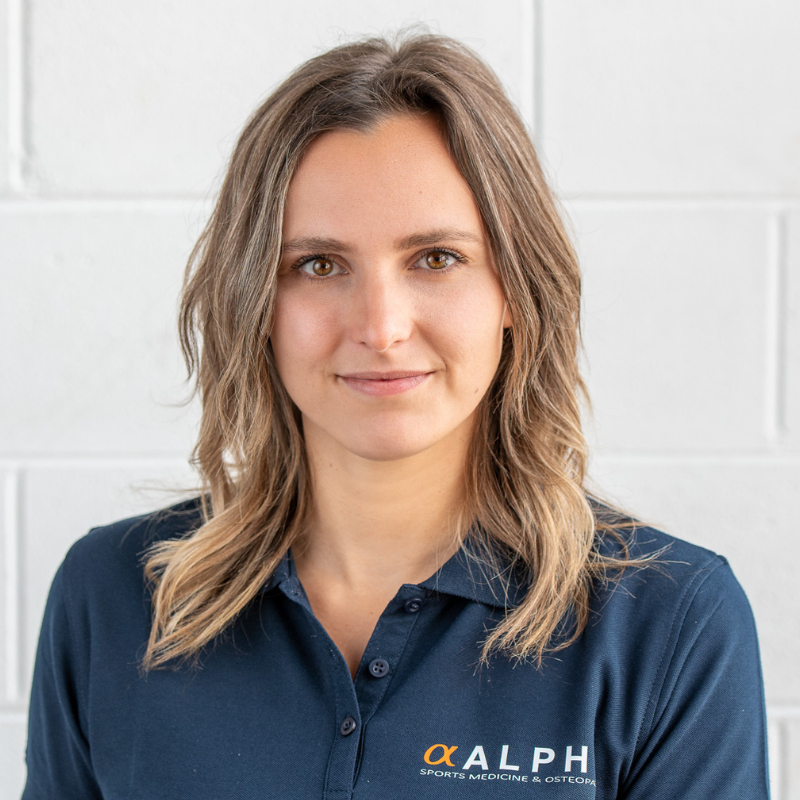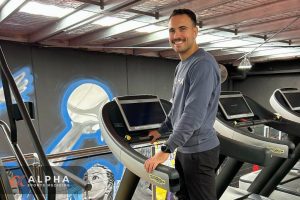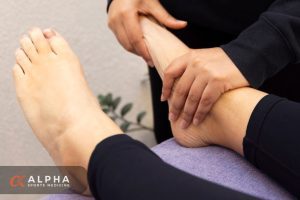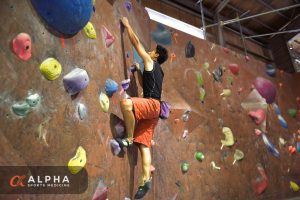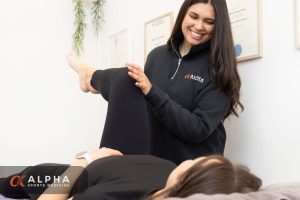(Alpha Flex (Alpha Sports Medicine) | Hypermobile Runner | Osteopath Newport | Ascot Vale | Bacchus Marsh | Online Telehealth)
Running is one of the most natural ways to move — but for people with Ehlers-Danlos Syndrome (EDS) or Hypermobility Spectrum Disorder (HSD), it can feel like a daunting goal. At Alpha Sports Medicine, we believe that with the right knowledge, support and strength, hypermobility doesn’t have to hold you back from running.
Understanding EDS and HSD
Ehlers-Danlos Syndromes (EDS) and Hypermobility Spectrum Disorder (HSD) are a group of connective tissue conditions that affect the strength and elasticity of collagen — the protein that gives structure to your joints, ligaments, and skin.
When collagen is more elastic than usual, joints can move beyond their typical range of motion. This increased mobility can lead to:
- Joint instability or frequent sprains
- Muscle fatigue
- Pain after activity
- Delayed recovery or recurring injuries
There are 14 subtypes of EDS, 13 have genetic markers and are considered extremely rare, Hypermobile EDS (hEDS) is the most common of this subtype and does not have a genetic marker. Diagnosis of hEDS and HSD is a clinical diagnosis based on meeting the set criteria.
For runners, this can make movement control and stability especially important. But it doesn’t mean running is off-limits — it just means the path to running well looks a little different.
The Strength Required to Run
Running may look like a repetitive, rhythmic motion — but it actually requires a huge amount of stability, coordination and muscular control.
For hypermobile people, the muscles around the joints need to work even harder to provide stability. Without this strength foundation, running can feel inefficient, unstable, or painful.
At Alpha Sports Medicine, we help you focus on:
- Building control through range of motion
- Strengthening stabilising muscles (especially hips, core, lower legs and feet)
- Improving proprioception — your body’s awareness of where it is in space
- Managing load and fatigue to reduce flare-ups or injury
The goal isn’t just to “run” — it’s to run with confidence and control.
How to Start Running When You’re Hypermobile
If you’re living with EDS or HSD and want to return to running, start small and strategic:
- Begin with strength training — focus on slow, controlled movement patterns.
- Work on balance and coordination — Pilates, resistance training, or low-impact exercise are great starting points.
- Introduce impact gradually — learn how to hop comfortably, you can try short intervals of walking and gentle jogging on even surfaces.
- Monitor symptoms — learn to recognise fatigue or instability before they escalate.
- Seek expert guidance — we would recommend an individual consult with someone who understands hypermobility and running first to tailor your plan around your body’s unique needs.
Every body is individual. What works for one person with hypermobility may not work for another — and that’s where our team can help.
Our Collaborative Team Approach
At Alpha Sports Medicine, we understand that hypermobility doesn’t just affect your joints — it affects your whole system. Our multidisciplinary approach means you’ll have access to an integrated team that works together to support your goals:
- Integrative Osteopaths — experienced in the complexity of EDS and HSD, helping you understand your unique health picture and how your joints, muscles and nervous system work together.
- Integrative Physiotherapists — who understand fatigue, pain management, energy demand and running mechanics, creating step-by-step plans that meet you where you are.
- Exercise Physiologists — who are skilled in supporting people with POTS (Postural Orthostatic Tachycardia Syndrome), helping you safely build exercise tolerance and cardiovascular strength.
Whether you visit us in Newport, Ascot Vale, Bacchus Marsh, or through Online Telehealth, our goal is to empower you with the tools and confidence you need to move well — at your own pace.
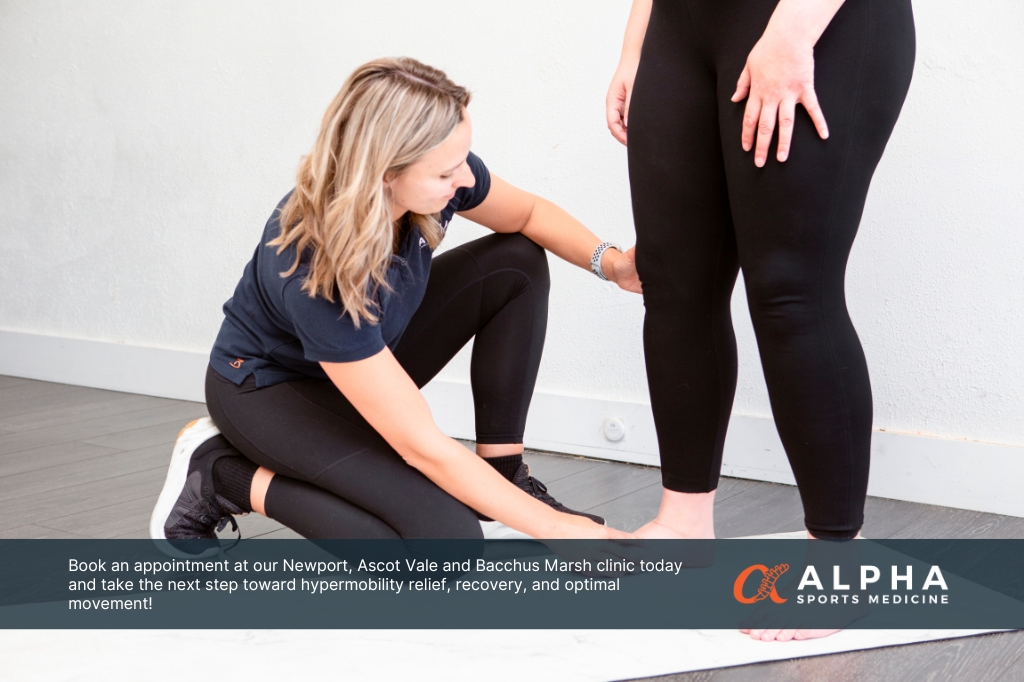
🌟 Start Building Confidence to Run
Running with hypermobility is possible — with the right foundation, guidance and support. At Alpha Sports Medicine, we’ll help you understand your body, build resilience, and take the steps toward running in a way that feels strong, stable, and sustainable.
Whether you prefer in-clinic care or structured online support, you can access our collaborative team of Osteopaths, Physiotherapists, and Exercise Physiologists across Newport, Ascot Vale, Bacchus Marsh, or through our Alpha Flex Online Hypermobility Consult, a guided program designed specifically for hypermobile runners.
👉 Alpha Sports Medicine — empowering you to move with strength, control and confidence.
Author
-

Dr. Ashton Wilson began her studies with a three year Bachelor of Biomedical Science, where she majored in Anatomy and Physiology. She then switched to a more hands on approach, where she completed a three year Bachelor of Clinical Science and a two year Masters of Osteopathy. Ashton has since completed further education and is a qualified Strength and Conditioning Coach as well as a Kinetic Link Trainer.
View all posts


